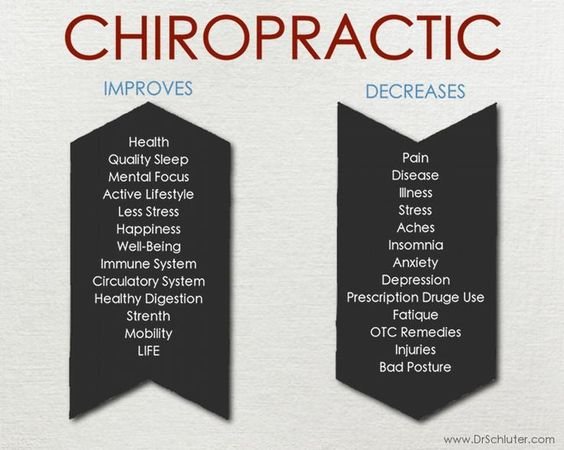The Effect Of Position On Pain In The Back: Just How To Preserve Good Positioning Throughout The Day
The Effect Of Position On Pain In The Back: Just How To Preserve Good Positioning Throughout The Day
Blog Article
Created By-Bush Fox
Maintaining correct position isn't just about sitting up directly; it's about aligning your body in a way that sustains your spinal column and lowers the danger of neck and back pain. The method you sit, stand, and relocate throughout the day can considerably impact your spine health. However just how exactly can you guarantee great positioning continually, also during active days full of numerous tasks? Let's dive deeper right into the refined yet impactful adjustments you can make to your daily routine to maintain your back pleased and healthy.
Relevance of Proper Stance
Correct stance is essential in maintaining a healthy back and avoiding discomfort. When you rest or stand with excellent posture, your spine remains in placement, reducing stress on your muscles, tendons, and joints. This placement allows the body to disperse weight uniformly, stopping too much stress and anxiety on certain areas that can bring about discomfort and discomfort. By keeping your spine appropriately aligned, you can likewise enhance your breathing and food digestion, as slouching can press organs and limit their performance.
In addition, maintaining great posture can enhance your general appearance and self-esteem. When you stand tall with your shoulders back and head held high, you radiate confidence and show up more friendly. Excellent posture can also make you feel extra stimulated and alert, as it promotes appropriate blood flow and allows your muscular tissues to work effectively.
Including correct posture into your everyday routine, whether resting at a workdesk, walking, or exercising, is necessary for protecting against pain in the back and advertising general health. Bear in mind, a little modification in just how you hold on your own can make a significant distinction in how you feel and operate throughout the day.
Common Postural Mistakes
When it concerns maintaining excellent pose, numerous individuals unwittingly make usual mistakes that can contribute to pain in the back and discomfort. Among one of the most widespread mistakes is slouching or hunching over while resting or standing. This position puts too much stress on the spine and can result in muscle mass imbalances and discomfort over time.
Read More On this page is overarching the lower back, which can squash the natural contour of the spinal column and create discomfort. Additionally, crossing https://rowannidwq.blog-ezine.com/32201942/a-newbie-s-guide-to-understanding-different-sorts-of-pain-in-the-back-causes-and-therapies while sitting may really feel comfy, but it can produce an inequality in the hips and hips, causing postural concerns.
Making use of a pillow that's too soft or also firm while sleeping can additionally affect your positioning and contribute to pain in the back. Finally, frequently craning your neck to consider screens or adjusting your setting often can strain the neck and shoulders. Bearing in mind these usual postural mistakes can aid you keep much better alignment and reduce the danger of pain in the back.
Tips for Correcting Positioning
To improve your positioning and reduce back pain, it's important to focus on making small changes throughout your daily routine. Beginning by being mindful of your pose. When sitting, guarantee your feet are level on the flooring, your back is straight, and your shoulders are kicked back. Prevent slouching or leaning to one side. Usage ergonomic chairs or pillows to sustain your lower back.
When standing, distribute your weight evenly on both feet, keep your knees somewhat bent, and tuck in your hips. Engage your core muscular tissues to sustain your back. Take breaks to stretch and walk if you have an inactive task. Include workouts that strengthen your core and back muscle mass, such as planks or bridges.
While resting, use a pillow that supports the natural contour of your neck to keep proper back positioning. Stay clear of sleeping on your tummy, as it can stress your neck and back. By being mindful of these pointers and making small modifications, you can gradually correct your alignment and reduce back pain.
Conclusion
Keep in mind, maintaining good pose is essential to avoid neck and back pain and advertising spine wellness. By bearing in mind your placement, dispersing weight equally, and involving your core muscles, you can decrease pressure on your back and decrease the danger of pain and injury. Incorporate ergonomic support, take normal breaks to extend, and reinforce your core and back muscular tissues to keep proper placement throughout the day. Your back will thank you for it!
